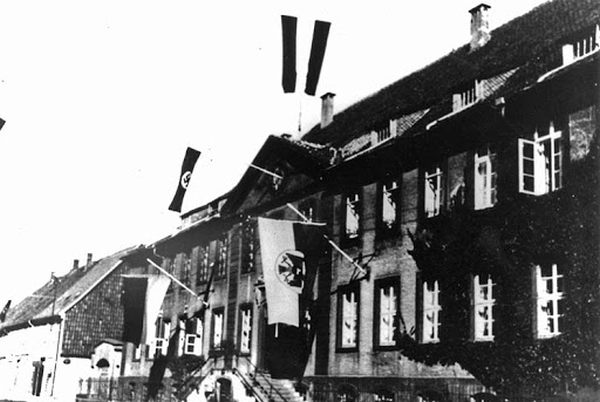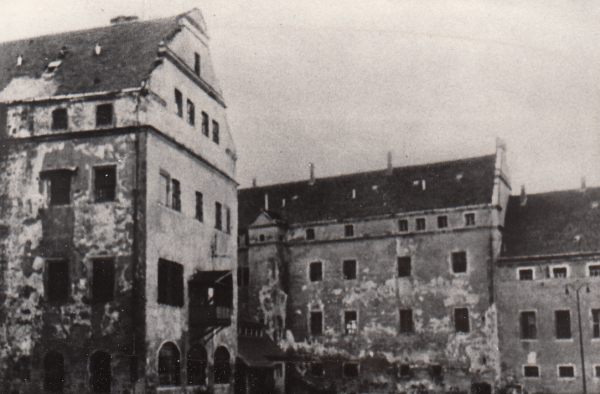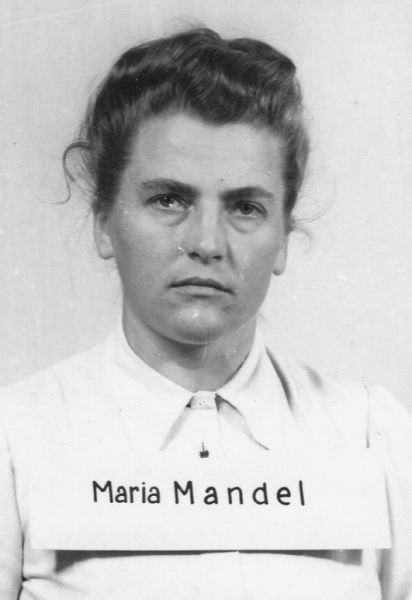After the Nazis seized power in Germany in 1933, they started a large-scale persecution of their political opponents. The German government used an arson attack on the Reichstag building as an excuse to implement the “Decree of the Reich President for the Protection of People and State” abolishing civil rights enshrined in the Constitution of The Weimar Republic. Thus, a legal basis was created to detain political opponents. Since then, Gestapo and SS functionaries could apply preventive custody without any court decision. Among those arrested in 1933 were women, although they represented a considerable minority in comparison to male detainees.




